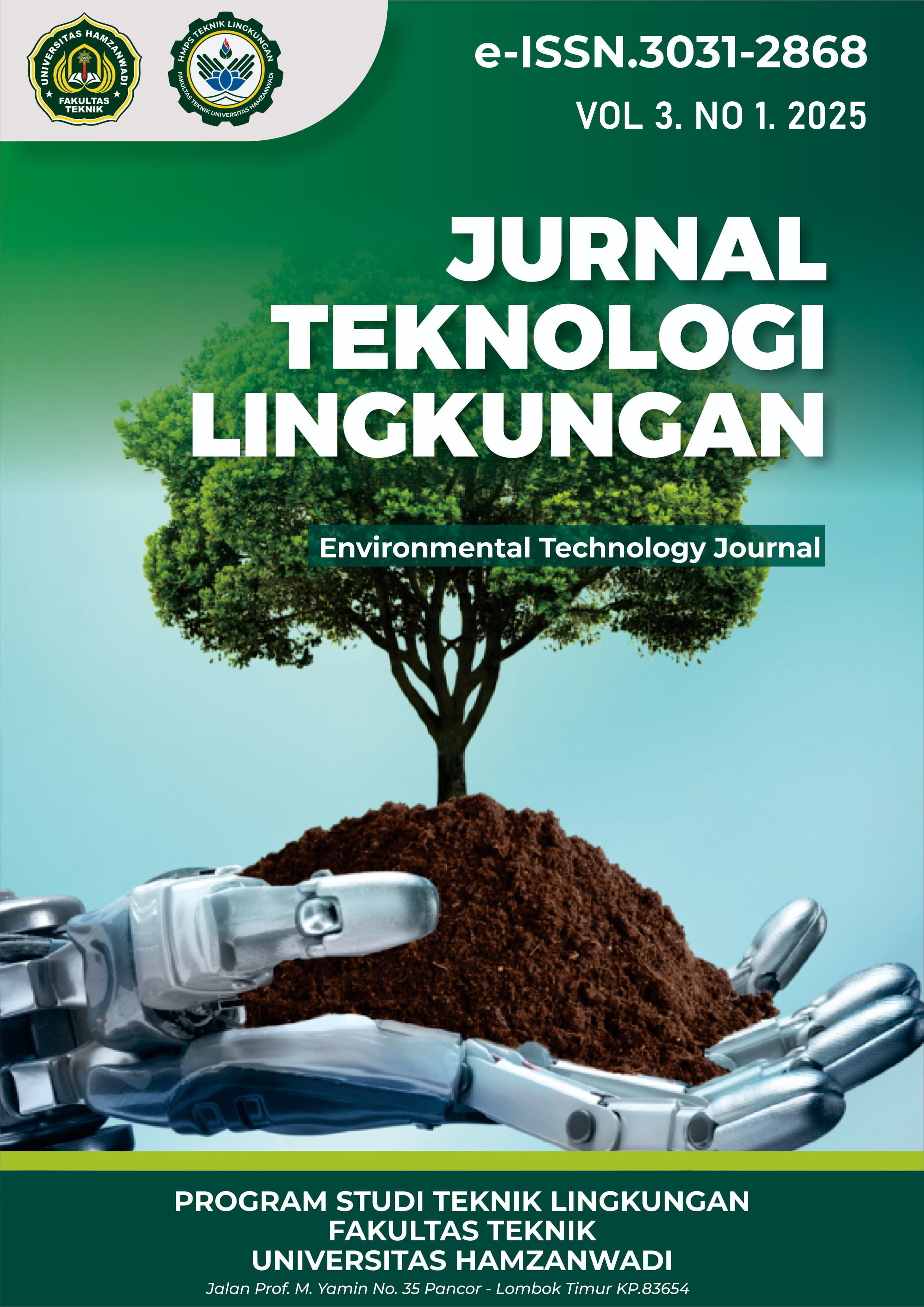Identification Of The Presence Of Microplastics In Sediments On The Coast Of Labuhan Haji, East Lombok District
IDENTIFIKASI KEBERADAAN MIKROPLASTIK PADA SEDIMEN DI PESISIR PANTAI LABUHAN HAJI KABUPATEN LOMBOK TIMUR
DOI:
https://doi.org/10.29408/jtl.v3i1.28837Keywords:
Microplastics; Microscope; Coast; SedimentAbstract
Plastic waste has polluted the marine and coastal environment of Labuhan Haji Beach, East Lombok Regency. Plastic waste can decompose in the environment into smaller particles, measuring less than 5 mm, called microplastics. The very slow plastic degradation process causes microplastics to continue to exist in the environment for a long time. Microplastics continue to accumulate in the environment and enter the food chain, threatening the sustainability of the ecosystem. This study aims to determine the presence of microplastics and to identify the types, colors, quantities, and abundance of microplastics in sediments on the Labuhan Haji Coast. Sampling was carried out at 5 station points determined by the purposive sampling method. The identification results found microplastics in sediment samples taken from the Labuhan Haji Coast. Identification of the types of microplastics in the samples found foam (78%), Fragments (13%), Film (7%) and Fiber (2%). The results of the color identification obtained 8 microplastic colors, namely black (65%), white (17%), green (7%), blue, transparent (3%), yellow (2%), red (1%), and orange (0.003%). The total number of microplastics found was 634 microplastic particles. The highest abundance of microplastics was 4190 particles/kg and the lowest abundance was 320 particles/kg.




